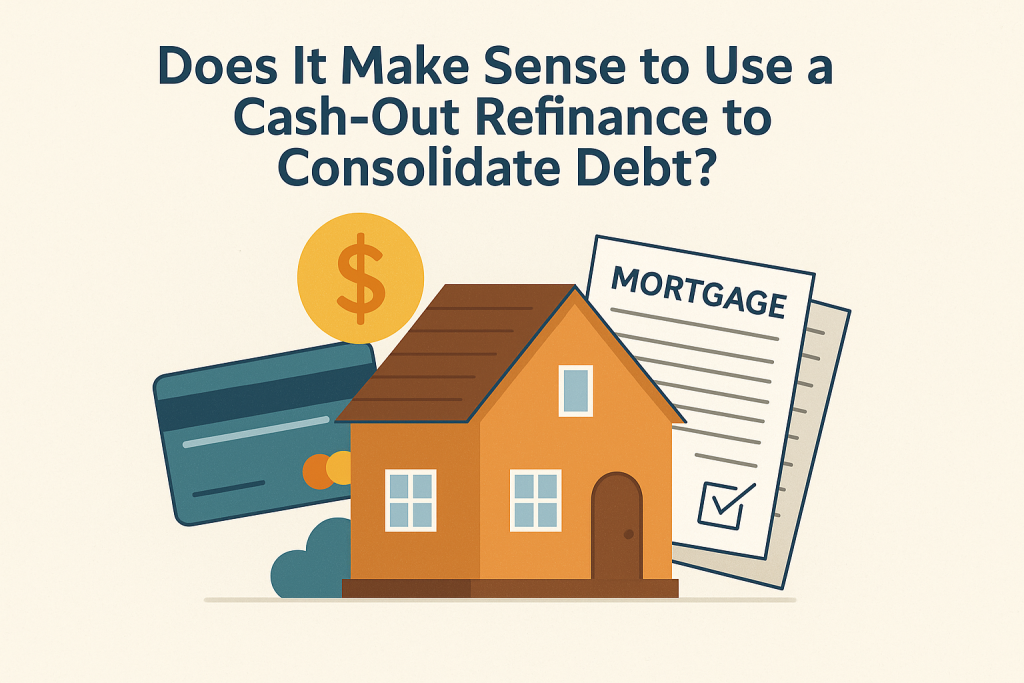
The internet is full of information about purchasing or refinancing a house. Some of it tangible some of it not worth the paper it’s written on. Here are seven of the most common misconceptions with regards to getting a mortgage…
Pulling credit for a mortgage automatically tanks your credit score. The reality of it is nothing could be further from the truth. It is possible depending on your own specific personal utilization of credit, you score may be different than what the lender receives. Remember a mortgage lender’s credit report is the most accurate. The federal government wants you to shop for a mortgage and as a result they don’t penalize you if your inquiries remain within a 30-day time period in most instances.
You can always get a lower rate and a lower-cost loan elsewhere. Yes, but this is not always the case while it is true if you really look for a loan you will find it lower and lower than the next guy down the street and the next guy after that and so on it comes at something that you might not have the luxury of especially in a purchase transaction and that is time. Unlike a refinance for which times is more open-ended purchase transactions require specific adherence to specific dates for you to perform on.
I must have monthly mortgage insurance if I don’t have 20%. This is both true and not true. Technically it is accurate if you put down less than 20% on a house you must have PMI which is private mortgage insurance which ensures the lender in the event you don’t make your payment. The most common form of mortgage insurance is monthly PMI. This is the additional fee that most people are conditioned by the internet and by hearsay to absolutely hate. The monthly can be anywhere from $40/month and up which can limit borrowing power. However, if you put down just 8% you can get single pay mortgage insurance eliminating the monthly PMI lowering your payment improving your borrowing power. This is a golden goose that allows you to have your cake and eat it too almost equivalent to a payment scenario with 20% down without 20% down. The program is hugely beneficial so long as you have good credit at least a 680-credit score or better.
Getting a loan should be very simple and an easy process because everything is streamline with the internet, now right? Not quite. Make no mistake the internet has made the ease of getting a mortgage more streamlined and faster in terms of communication but don’t be fooled by a lender telling you that the process is easy. Thanks to our federal government the mortgage process is still a very bureaucratic complex and borderline ridiculous overly compliant process that requires careful planning and due diligence in follow-up as you are legally bound to engage with the lender throughout the process by signing various disclosures. This is reality of getting a loan in 2019 not impossible by any stretch, but it is a little bit labor-intensive. How much you feel of that process as described above is going to be directly incumbent on your lender’s ability to communicate clearly and accurately to mitigate any of the problems that you might otherwise experience working with a lender that does not tell you the truth about what the process really is.
The fees are too high
It’s possible that you might have picked that one lender that charges extra fees in most instances probably not. Remember the mortgage industry is very commodity-driven and it’s reduced to the simplicity of purchasing something like a camera when actuality it’s not you want a lender that guarantees their fees and gives you the worst-case scenario right up front. The old bait-and-switch it’s very hard to regulate and is still rampant within the mortgage industry. For example, one such thing to be wary of on a purchase transaction is a lender not including both the owner’s policy and the lenders policy in the closing costs. This happens very frequently on price focused mortgage lenders.
I can get rid of the PMI at 20% Equity. Gosh if it were only that easy right? Depends on the type of loan that you’re getting. If you’re getting an FHA loan and you’re doing it with less than 10% down you must have the PMI for 120 months and 20% equity that means if you pay down your principal balance or market forces increase the value of your house you still have to have the PMI for 120 months which is 10 years and the only way out of it is to refinance the house or sell.
Conventional financing will allow you to discharge the PMI after two years and 20% equity with mos, but not all servicers. Most servicers meaning most mortgage companies. Not all operate this way so be sure to ask the lender that you’ve chosen to handle your finances. Most lenders will have the same language that the value of your house cannot be below what you originally paid for it and you must be current on your mortgage paid as agreed.
Here is where things get interesting to get rid of the PMI in the form of an automatic is when your mortgage balance based on a payment amortization schedule alone reaches 80% loan to value or 20% equity from the value at original application. The catch is it’s based on an amortization schedule so that means paying down your principal balance or market appreciation does not allow you to supersede the automatic ruling. Based on amortization schedule and not all but in most instances that calculates out to approximately somewhere between 100 and 120 months which you guessed it is upwards of ten years for the automatic discharge of the PMI.
I shouldn’t refinance if I’m not saving at least 1% in rate
This is a very dated school of thought. You could be refinance as long as you recuperate quickly generally within two to three years is a good rule of thumb or sooner, and there is a net tangible benefit to you; e.g. you’re going from a long-term loan to a short-term loan, you’re going from having monthly PMI to no PMI and you were lowering your interest rate and or doing debt consolidation all of those things count. Furthermore, you can refinance your house as freely and as frequently as you would like despite what lenders might tell you. There is no guideline that says you cannot refinance frequently except for VA which is 120 days from the first payment being made.
Looking to get a mortgage? Get a no cost quote now.



